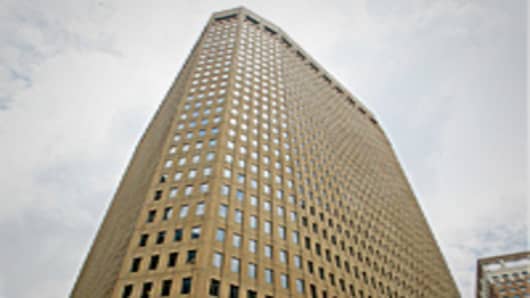As it prepares to pay out big bonuses to employees, Goldman Sachs is considering expanding a program that would require executives and top managers to give a certain percentage of their earnings to charity.
The move would be the latest in a series of initiatives by Goldman to soften criticism over the size of its bonuses, which are expected to be among the largest on Wall Street, bringing average pay to about $595,000 for each employee — with far higher amounts for top performers.
Goldman set aside $16.7 billion for compensation in the first nine months of 2009, and in good years, the firm dedicates about three-quarters of its compensation budget to year-end bonuses.
The firm is expected to report later this month what could be record profit of about $12 billion for 2009, according to analysts’ estimates, compared with $11.7 billion in 2007. Its final compensation pool and executive bonuses will be announced then.


